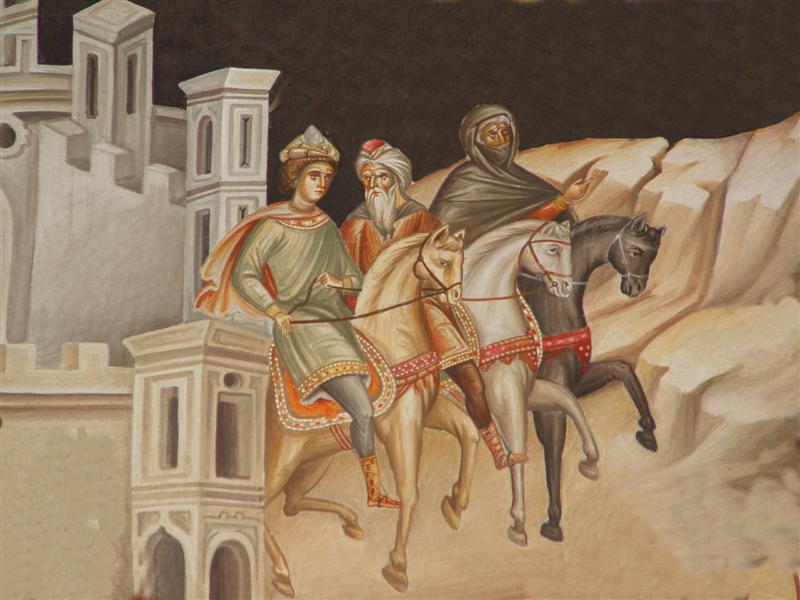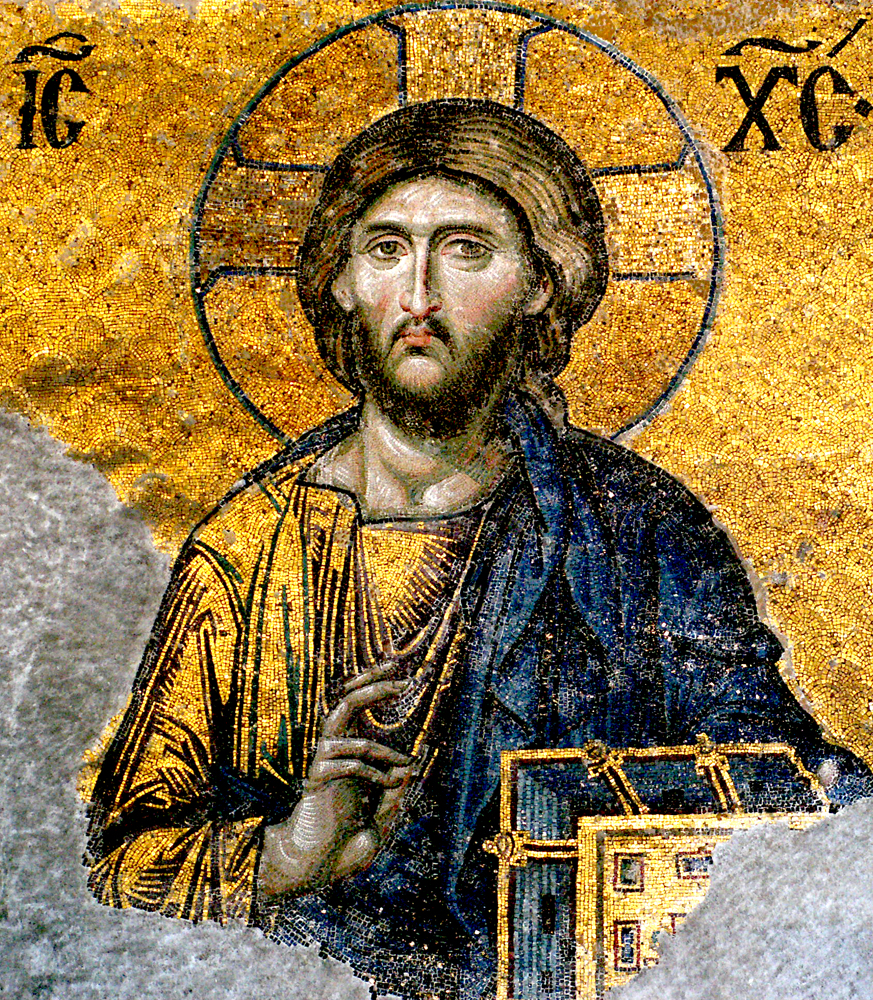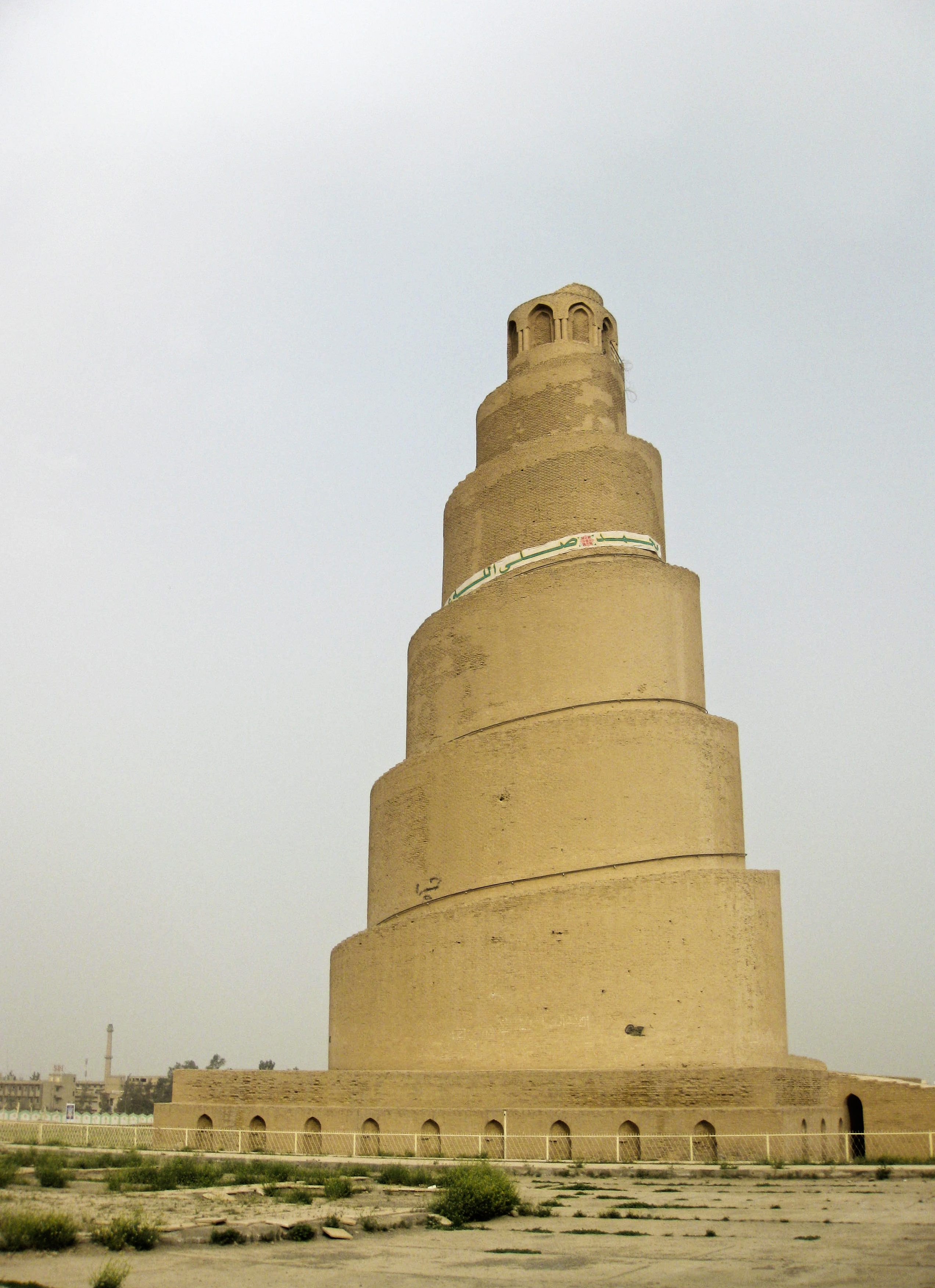|
Church Of The Holy Archangels Michael And Gabriel, Brăila
The Church of the Holy Archangels Michael and Gabriel (), located in Piața Traian in the center of Brăila, Romania, is a Romanian Orthodox Church, Romanian Orthodox church. History and description The oldest church in Brăila and originally a mosque, the precise period of its construction is uncertain. The lack of any Baroque architecture, Baroque ornamentation in the old part of the building suggests a date prior to 1750, when the area was under Ottoman Empire, Ottoman administration as a Raya (country subdivision), raya."Lăcașurile de cult, obiective turistice de neprețuit în sud-estul României" ''România Liberă'', November 15, 2008; access ... [...More Info...] [...Related Items...] OR: [Wikipedia] [Google] [Baidu] |
Dome
A dome () is an architectural element similar to the hollow upper half of a sphere. There is significant overlap with the term cupola, which may also refer to a dome or a structure on top of a dome. The precise definition of a dome has been a matter of controversy and there are a wide variety of forms and specialized terms to describe them. A dome can rest directly upon a Rotunda (architecture), rotunda wall, a Tholobate, drum, or a system of squinches or pendentives used to accommodate the transition in shape from a rectangular or square space to the round or polygonal base of the dome. The dome's apex may be closed or may be open in the form of an Oculus (architecture), oculus, which may itself be covered with a roof lantern and cupola. Domes have a long architectural lineage that extends back into prehistory. Domes were built in ancient Mesopotamia, and they have been found in Persian architecture, Persian, Ancient Greek architecture, Hellenistic, Ancient Roman architecture, ... [...More Info...] [...Related Items...] OR: [Wikipedia] [Google] [Baidu] |
Michael (archangel)
Michael, also called Saint Michael the Archangel, Archangel Michael and Saint Michael the Taxiarch is an archangel and the warrior of God in Christianity, Judaism, and Islam. The earliest surviving mentions of his name are in third- and second-century BC Jewish works, often but not always apocalyptic, where he is the chief of the angels and archangels, and he is the guardian prince of Israel and is responsible for the care of the Israelites, people of Biblical Israel, Israel. Christianity conserved nearly all the Jewish traditions concerning him, and he is mentioned explicitly in Revelation 12:7–12, where he does battle with Satan, and in the Epistle of Jude, where the archangel and the devil dispute over the body of Moses. Old Testament and Apocrypha The Book of Enoch lists him as one of seven archangels (the remaining names are Uriel, Raguel (angel), Raguel, Raphael (archangel), Raphael, Sariel, Gabriel, and Remiel), who, in the Book of Tobit, “stand ready and ente ... [...More Info...] [...Related Items...] OR: [Wikipedia] [Google] [Baidu] |
Silver-gilt
Silver-gilt or gilded/gilt silver, sometimes known in American English by the French language, French term vermeil, is silver (either pure or sterling silver, sterling) which has been gilding, gilded. Most large objects made in goldsmithing that appear to be gold are actually silver-gilt; for example, most sporting trophies (including medals such as the gold medals awarded in all Olympic Games after 1912) and many crown Gemstone, jewels are silver-gilt objects. Apart from the raw materials being much less expensive to acquire than solid gold of any Fineness#Karat, karat, large silver-gilt objects are also noticeably lighter, as well as more durable. (Gold is about 1.7× heavier than lead and 1.8× heavier than silver and is easily scratched and bent.) For objects that have intricate detail such as monstrances, gilding greatly reduces the need for cleaning and polishing, and so reduces the risk of damage. Ungilded silver would suffer oxidation and need frequent polishing; gold do ... [...More Info...] [...Related Items...] OR: [Wikipedia] [Google] [Baidu] |
Iconostasis
In Eastern Christianity, an iconostasis () is a wall of icons and religious paintings, separating the nave from the sanctuary in a Church (building), church. ''Iconostasis'' also refers to a portable icon stand that can be placed anywhere within a church. The iconostasis evolved from the Byzantine architecture, Byzantine templon, a process complete by the 15th century. A direct comparison for the function of the main iconostasis can be made to the layout of the great Temple in Jerusalem. That Temple was designed with three parts. The holiest and inner-most portion was that where the Ark of the Covenant was kept. This portion, the Holy of Holies, was separated from the second larger part of the building's interior by a curtain, the parochet , "veil of the temple". Only the High Priest (Judaism), High Priest was allowed to enter the Holy of Holies. The third part was the entrance court. This architectural tradition for the two main parts can be seen carried forward in Christian ... [...More Info...] [...Related Items...] OR: [Wikipedia] [Google] [Baidu] |
Christ Pantocrator
In Christian iconography, Christ Pantocrator (, ) is a specific depiction of Christ. or , literally 'ruler of all', but usually translated as 'almighty' or 'all-powerful', is derived from one of many names of God in Judaism. The Pantokrator is largely an Eastern Orthodox, Eastern Catholic or Eastern Lutheran theological conception and is less common under that name in Latin Catholicism and Western Lutheranism. In the West, the equivalent image in art is known as Christ in Majesty, which developed a rather different iconography. ''Christ Pantocrator'' has come to suggest Christ as a benevolent, though also stern and all-powerful, judge of humanity. When the Hebrew Bible was translated into Greek as the Septuagint, ''Pantokrator'' was used both for ''YHWH Sabaoth'' () " Lord of Hosts" and for '' El Shaddai'' " God Almighty". In the New Testament, ''Pantokrator'' is used once by Paul () and nine times in the Book of Revelation: , , , , , , , , and . The references to God the F ... [...More Info...] [...Related Items...] OR: [Wikipedia] [Google] [Baidu] |
Pilaster
In architecture, a pilaster is both a load-bearing section of thickened wall or column integrated into a wall, and a purely decorative element in classical architecture which gives the appearance of a supporting column and articulates an extent of wall. As an ornament it consists of a flat surface raised from the main wall surface, usually treated as though it were a column, with a capital at the top, plinth (base) at the bottom, and the various other column elements. In contrast to a Classical pilaster, an engaged column or buttress can support the structure of a wall and roof above. In human anatomy, a pilaster is a ridge that extends vertically across the femur, which is unique to modern humans. Its structural function is unclear. Definition A pilaster is foremost a load-bearing architectural element used widely throughout the world and its history where a structural load is carried by a thickened section of wall or column integrated into a wall. It is also a purel ... [...More Info...] [...Related Items...] OR: [Wikipedia] [Google] [Baidu] |
Romania During World War I
The Kingdom of Romania was neutral for the first two years of World War I, entering on the side of the Allied powers from 27 August 1916 until Central Power occupation led to the Treaty of Bucharest in May 1918, before reentering the war on 10 November 1918. It had the most significant oil fields in Europe, and Germany eagerly bought its petroleum, as well as food exports. From the point of view of its belligerent status, Romania was a neutral country between 28 July 1914 and 27 August 1916, a belligerent country on the part of the Entente from 27 August 1916 to 9 December 1917, in a state of armistice with the Central Powers from 10 December 1917 to 7 May 1918, a non-combatant country between 7 May 1918 and 10 November 1918, and finally a belligerent country in the Entente between 10 and 11 November 1918. At the start of World War I, King Carol I of Romania favored Germany, while the nation's political elite favored the Entente. As such, the crown council decided to remain ... [...More Info...] [...Related Items...] OR: [Wikipedia] [Google] [Baidu] |
Siege Of Silistria (1828) , during the Crimean War
{{Disambiguation ...
Siege of Silistria or Silistra may refer to: * Siege of Silistra (1773), during the Russo-Turkish War of 1768–1774 * Siege of Silistra (1828), during the Russo-Turkish War of 1828–1829 * Siege of Silistra (1829), during the Russo-Turkish War of 1828–1829 * Siege of Silistria (1854) The siege of Silistria, or siege of Silistra, took place during the Crimean War, from 11 May to 23 June 1854, when Russian forces besieged the Ottoman fortress of Silistria (present-day Bulgaria). Sustained Ottoman resistance had allowed Fren ... [...More Info...] [...Related Items...] OR: [Wikipedia] [Google] [Baidu] |
Romanian Architecture
Romanian may refer to: *anything of, from, or related to the country and nation of Romania **Romanians, an ethnic group **Romanian language, a Romance language ***Romanian dialects, variants of the Romanian language **Romanian cuisine, traditional foods **Romanian folklore *'' The Romanian: Story of an Obsession'', a 2004 novel by Bruce Benderson *''Românul ''Românul'' (, meaning "The Romanian"; originally spelled ''Romanulu'' or ''Românulŭ'', also known as ''Romînul'', ''Concordia'', ''Libertatea'' and ''Consciinti'a Nationala''), was a political and literary newspaper published in Bucharest, Ro ...'' (), a newspaper published in Bucharest, Romania, 1857–1905 See also * * {{disambiguation Language and nationality disambiguation pages ... [...More Info...] [...Related Items...] OR: [Wikipedia] [Google] [Baidu] |
Bell Tower
A bell tower is a tower that contains one or more bells, or that is designed to hold bells even if it has none. Such a tower commonly serves as part of a Christian church, and will contain church bells, but there are also many secular bell towers, often part of a municipal building, an educational establishment, or a tower built specifically to house a carillon. Church bell towers often incorporate clocks, and secular towers usually do, as a public service. The term campanile (, also , ), from the Italian ''campanile'', which in turn derives from ''campana'', meaning "bell", is synonymous with ''bell tower''; though in English usage campanile tends to be used to refer to a free standing bell tower. A bell tower may also in some traditions be called a belfry, though this term may also refer specifically to the substructure that houses the bells and the ringers rather than the complete tower. The tallest free-standing bell tower in the world, high, is the Mortegliano Bell To ... [...More Info...] [...Related Items...] OR: [Wikipedia] [Google] [Baidu] |
Minaret
A minaret is a type of tower typically built into or adjacent to mosques. Minarets are generally used to project the Muslim call to prayer (''adhan'') from a muezzin, but they also served as landmarks and symbols of Islam's presence. They can have a variety of forms, from thick, squat towers to soaring, pencil-thin spires. Etymology Two Arabic words are used to denote the minaret tower: ''manāra'' and ''manār''. The English word "minaret" originates from the former, via the Turkish language, Turkish version (). The Arabic word ''manāra'' (plural: ''manārāt'') originally meant a "lamp stand", a cognate of Hebrew language, Hebrew ''Temple menorah, menorah''. It is assumed to be a derivation of an older Linguistic reconstruction, reconstructed form, ''manwara''. The other word, ''manār'' (plural: ''manā'ir'' or ''manāyir''), means "a place of light". Both words derive from the Arabic root ''n-w-r'', which has a meaning related to "light". Both words also had other meani ... [...More Info...] [...Related Items...] OR: [Wikipedia] [Google] [Baidu] |







